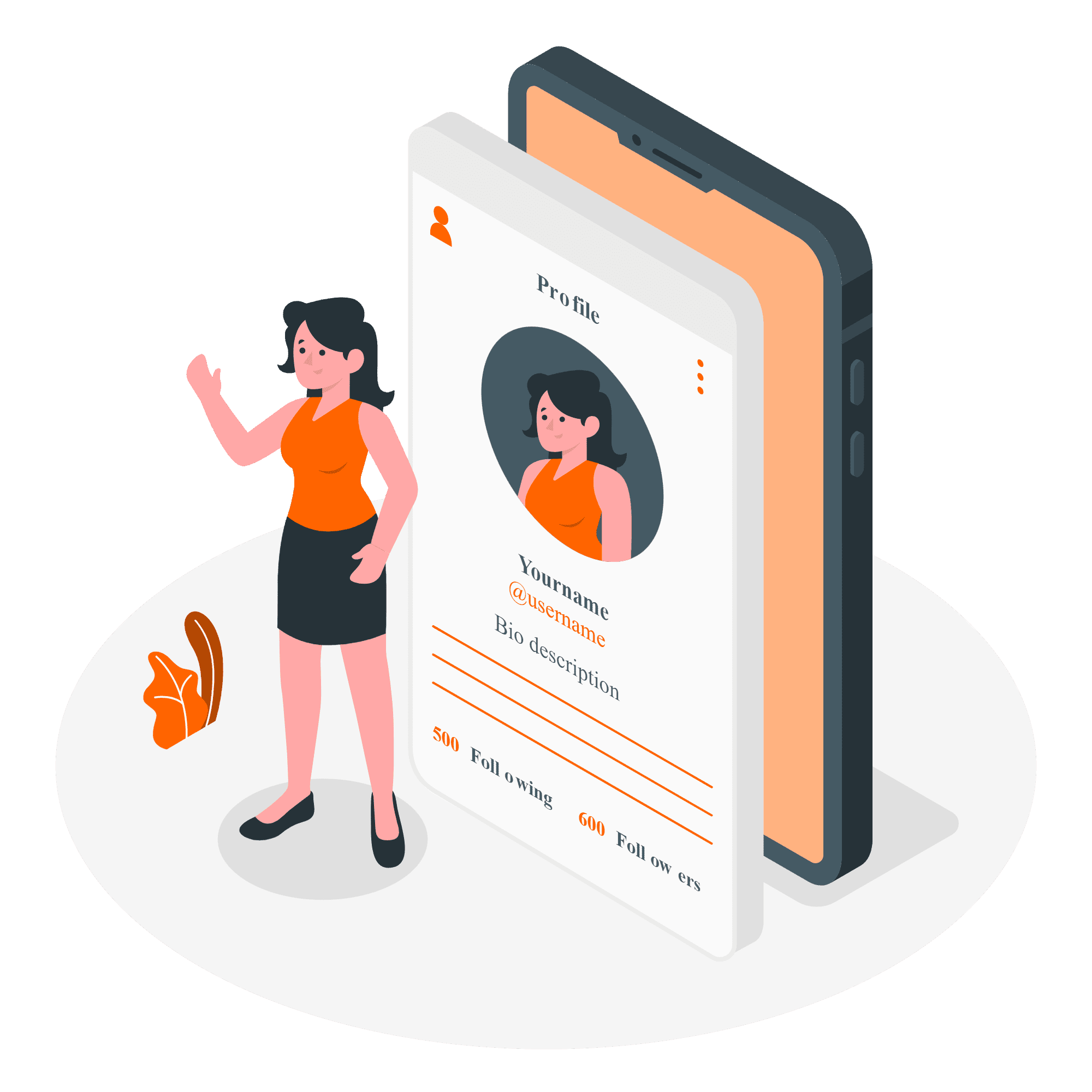Social media has revolutionized networking like never before. It has definitely helped us transcend borders to forge connections across countries and be informed of happenings worldwide. But one cannot deny that it also offers avenues on a platter for cybercriminals to indulge in malicious activities.
In this blog, let us explore how cybercriminals exploit social media to launch attacks and some simple yet effective tips to navigate social media safely.
Common Cyberattacks on Social Media:
It is very crucial to be aware of how cyberattackers target us on social media. Here are five common cyberattacks that social media users should be aware of.
Social Media Phishing
Though it is soothing that the awareness of phishing attacks has increased significantly, cyberattackers are still adept at using mediums that can easily deceive and manipulate victims. Social Media platforms are one such medium. As they are meant to facilitate connections with new people, users tend to be less vigilant when using them, which is an advantage for cybercriminals.
The attackers use deceptive techniques such as
- Sending phishing messages via direct messages impersonating someone.
- Posting links to malicious websites in enticing posts
- Creating fake profiles to gather personal/sensitive information through convincing messages.
They ultimately aim to trick users into disclosing sensitive information like passwords or financial details by exploiting the trust individuals have in their online networks.
Compromised Profile:
Once cyber attackers gain access to victims’ accounts through phishing, malware, or weak passwords, they use it as a mask to deceive the connections and coax sensitive information like credentials or financial data from them. Using a compromised account, a cybercriminal can
- Post links to malicious websites to infect the devices of the connections with malware.
- Exploit the profile to damage the reputation of the victim by spreading false information.
- Misuse the account to collect funds by framing a ‘false’ emergency.
Social Media Ransomware:
These ransomware attacks target social media users and spread malware, send phishing emails, or create fake social media profiles to gain access to victim accounts. Once an attacker has access to a victim’s social media account, they can encrypt sensitive files or even deny access to the account, and demand ransom to release them. Apart from financial losses, this can damage their reputation and relationships.
Cyberbullying
Cyberbullies may send mean text messages or emails, post embarrassing photos or videos of their victims online, or spread rumors about them on social media. Cyberbullying can be just as harmful as traditional bullying, and it can be even harder to escape because it can happen 24/7.
Likejacking/clickjacking
Likejacking and clickjacking are social engineering attacks that manipulate user interactions on websites and social media platforms.
- Likejacking involves tricking users into liking pages or posts without their content by placing fake like buttons. It is used to promote products/services or even spread malware.
- Clickjacking deceives users by placing transparent images with hidden links or buttons on legitimate websites.
Measures to Prevent Cyberattacks on Social Media Platforms:
- Use strong passwords and implement two-factor authentication (2FA) for your social media accounts.
- Avoid sharing personal information such as your home address, phone number, date of birth, and financial information on social media. Exercise caution when posting photos or videos.
- Do not blindly accept friend requests from strangers. Verify before accepting.
- Do not click on links or download attachments without checking if the source is legitimate.
- Update your software and operating system to ensure the security patches are in place to safeguard your devices.
- Use a good antivirus program to protect your devices from malware infection.
- Be aware of the latest cyber threats and how to protect yourself from them. You can stay informed about the latest cyber threats by visiting websites such as the National Institute of Standards and Technology (NIST) Cybersecurity Framework and the US Department of Homeland Security Cybersecurity and Infrastructure Security Agency (CISA).
Safeguard Your Digital Privacy with Genix Cybersecurity Solutions.



